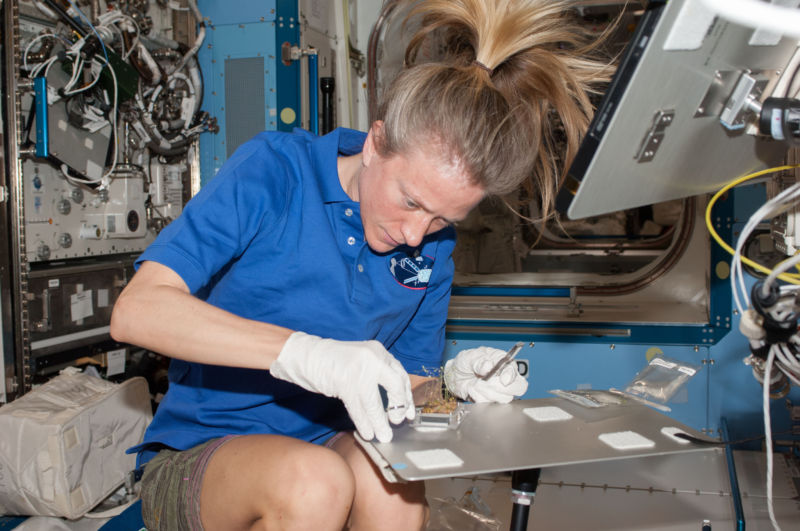SpaceX is launching a supercomputer to the International Space Station
Ars Technica 2017-08-11

Enlarge / Karen Nyberg, of Expedition 37, works with a plant experiment in the Destiny laboratory of the space station. (credit: NASA)
As it nears the end of its second decade, the International Space Station is starting to hit its stride. The large orbital laboratory offers private companies a chance to test business ideas in microgravity, serves as a testbed for astronaut health, and allows NASA to prove technologies for future missions into deep space.
One of the critical technologies NASA will need if it really does send humans beyond the Earth-Moon system within the next few decades is more powerful computers capable of operating in the deep space environment. Presently, the main command computers that operate the space station use Intel i386 processors. However, that is fine for the station because all of its critical systems are monitored around the clock by ground-based flight controllers who can work in real time with the crew to fix any problems that arise.
If humans do travel to Mars, they will face increasingly long communications delays—stretching out to more than half an hour—between Earth and their spacecraft. In that situation, the astronauts are likely to become more reliant on more powerful computers and artificial intelligence to make critical course corrections or decisions within seconds or minutes.